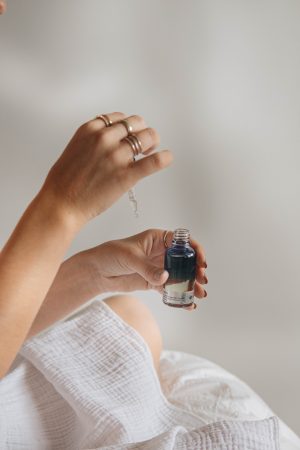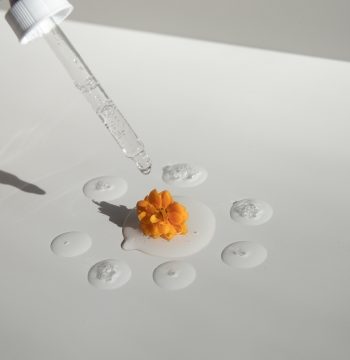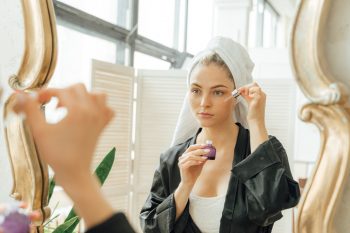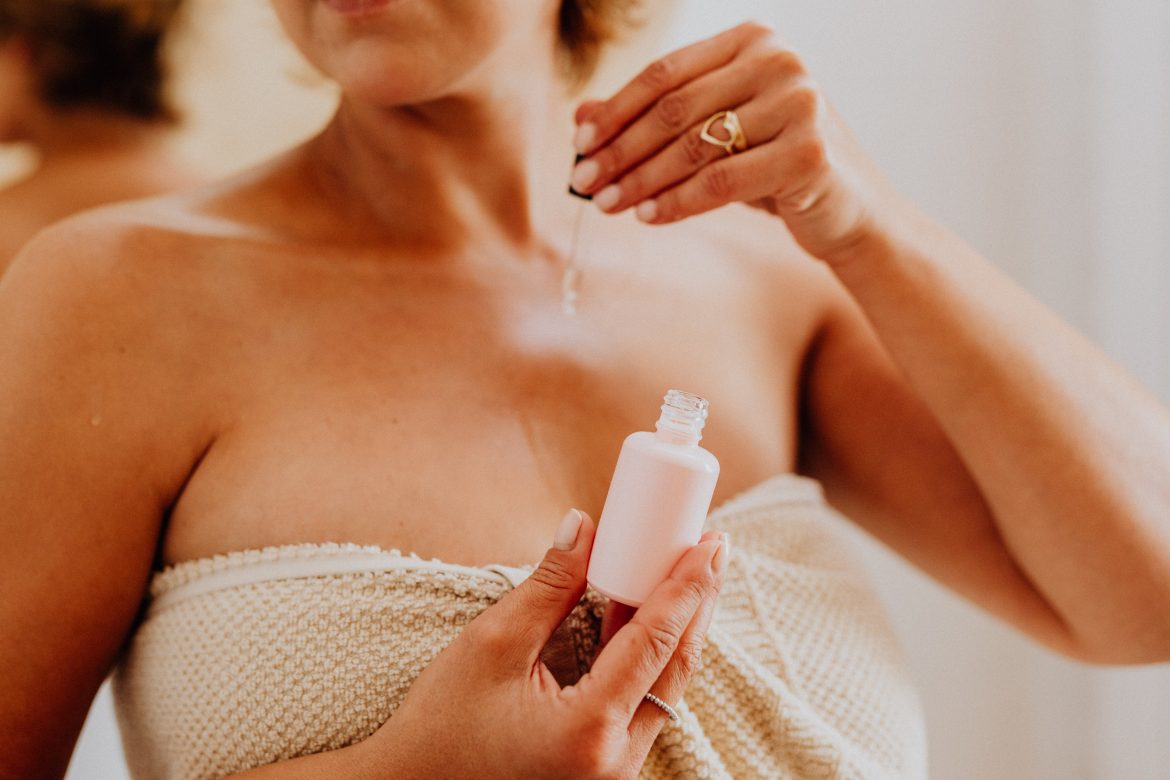You may have heard that serums are the real superheroes when it comes to skincare, but why? Today, we’ll be exploring why no skincare routine is complete without a good serum, and how to find the right ones for your skin!
ALSO SEE: Why you should be using peptide-enriched skincare
Why should I use serum in my skincare routine?
Let’s first tackle what ‘serum’ is – a lightweight, highly concentrated skincare product designed to deliver powerful active ingredients directly into the skin. These potent formulations typically have smaller molecules that can penetrate deeper into the skin compared to other skincare products like moisturisers or creams.
Serums are often formulated to target specific skincare concerns such as hydration, brightening, anti-ageing, acne, or hyperpigmentation.
They can contain a variety of active ingredients like vitamins (such as vitamin C or vitamin E), hyaluronic acid, peptides, antioxidants, retinol, niacinamide, or botanical extracts.

The texture of serums is usually thinner and more liquid-like compared to creams or lotions. They’re applied after cleansing and toning but before moisturising. Serums are meant to be used sparingly, as a little bit can cover the entire face due to their high concentration of active ingredients.
Using a serum as part of a skincare routine can help to address specific skin issues effectively and enhance the overall health and appearance of the skin. It’s important to select a serum based on your skin type and particular concerns for the best results, though…

How to find the right serums for your skin
Finding the right serum for your skin involves considering your skin type, specific skin concerns, and the ingredients that address those issues. Here’s a step-by-step guide to help you find the perfect serum for your skin:
1. Identify your skin type
Determine whether you have oily, dry, combination, sensitive, or acne-prone skin. This will guide you in choosing a serum that complements your skin’s needs.
Oily skin appears shiny with enlarged pores and is prone to acne. Dry skin feels tight, may be flaky, and lacks moisture. Combination skin has both oily and dry areas, often an oily T-zone and dry cheeks. Sensitive skin reacts easily to products, displaying redness or irritation. Acne-prone skin is predisposed to frequent breakouts and often appears oily with blemishes
2. Know your skin concerns
Identify the primary skincare concerns you want to target with a serum.
Fine lines and wrinkles signal ageing concerns. Hyperpigmentation, dark spots, or uneven skin tone indicate pigmentation issues. Dryness, flakiness, or tightness denote lack of moisture. Acne, blemishes, or excess oiliness suggest breakout-prone skin. Sensitivity to products, redness, or irritation highlights sensitivity concerns.

3. Match up with the right ingredients
Look for serums with active ingredients that target your specific concerns. For instance:
Hyaluronic acid: Great for hydration.
Vitamin C: Effective for brightening and fighting free radicals.
Retinol: Known for anti-ageing benefits.
Niacinamide: Helpful for pore reduction and oil control.
Peptides: Good for firming and elasticity.
4. Read the reviews, first!
Check online reviews or consult with a dermatologist or skincare expert for recommendations and reviews on serums that have worked for people with similar skin types and concerns. Serums are often expensive, so you’ll want to back up your purchase with good reason.
We love visiting the ‘skincare junkies South Africa’ Facebook page to read about reviews of skincare products that are available locally. Often, these group members share their skin concerns and what they’ve used to tackle them, which can be helpful. Remember though, everyone’s skin is different.
5. Perform patch tests
Once you’ve purchased serums targeted for your skin concerns, perform patch tests on a small area of your skin to check for any adverse reactions or allergies. Personally, I always perform a patch test at the back of my hand before applying anything directly onto my face.
6. Apply correctly
Ensure you understand how to incorporate your serum into your skincare routine. Typically, serums are applied after cleansing and toning, and before moisturising. Most skincare brands do provide instructions on how to apply their products. You can also visit the ‘skincare junkies South Africa’ Facebook page to read about how and when others are applying the product.
7. Patience is key
Allow a few weeks to see if the serum is making a positive difference to your skin. Results might not be immediate, so give it some time.
ALSO SEE:
Feature Image: Pexels

